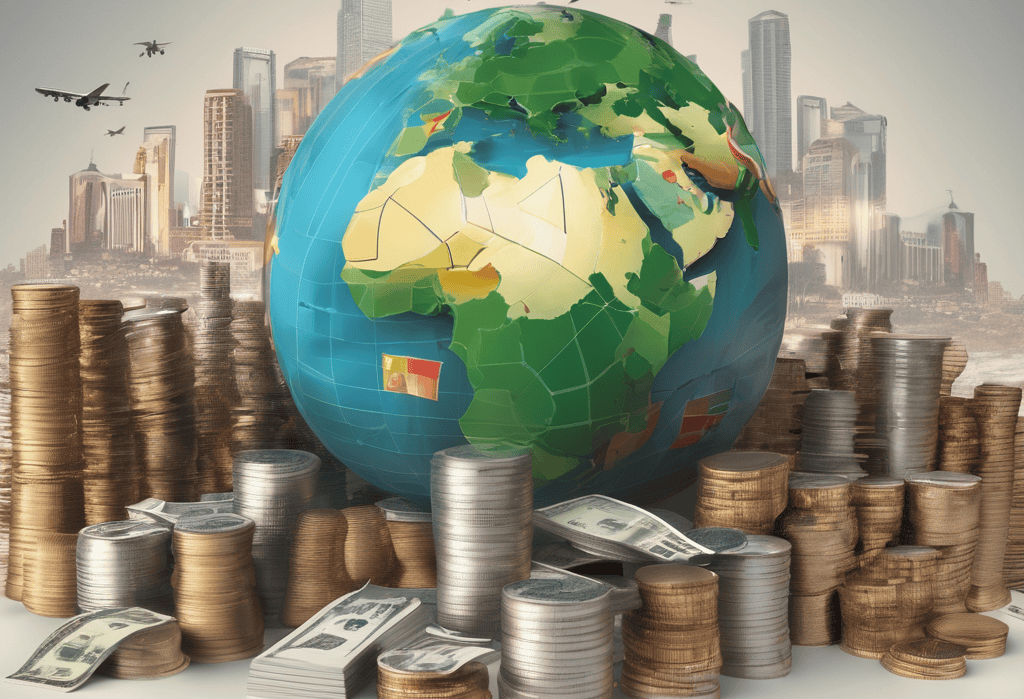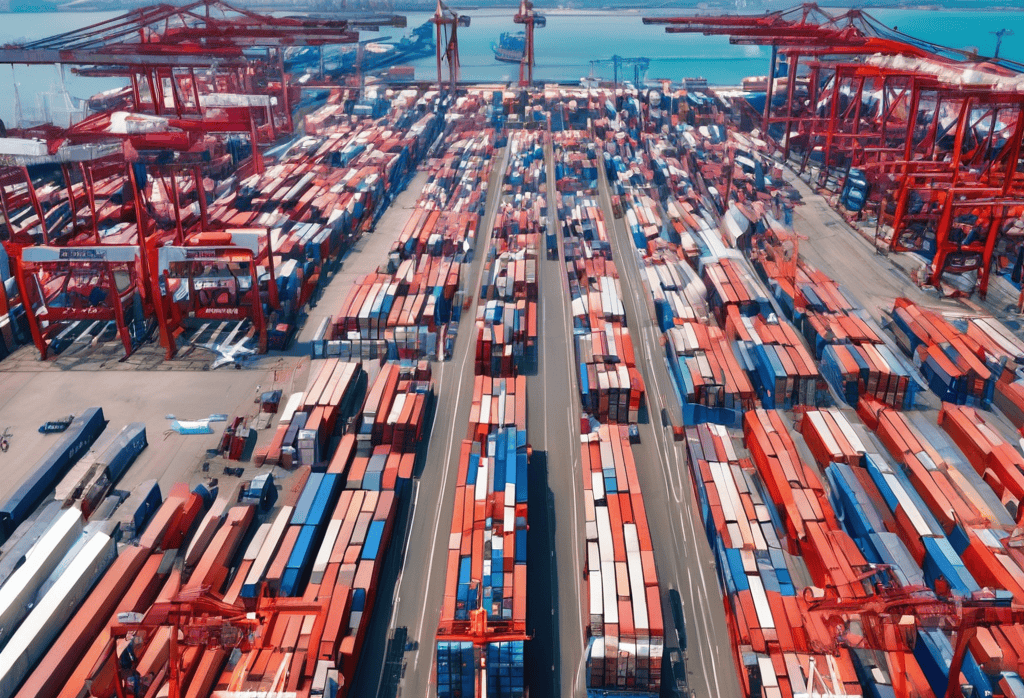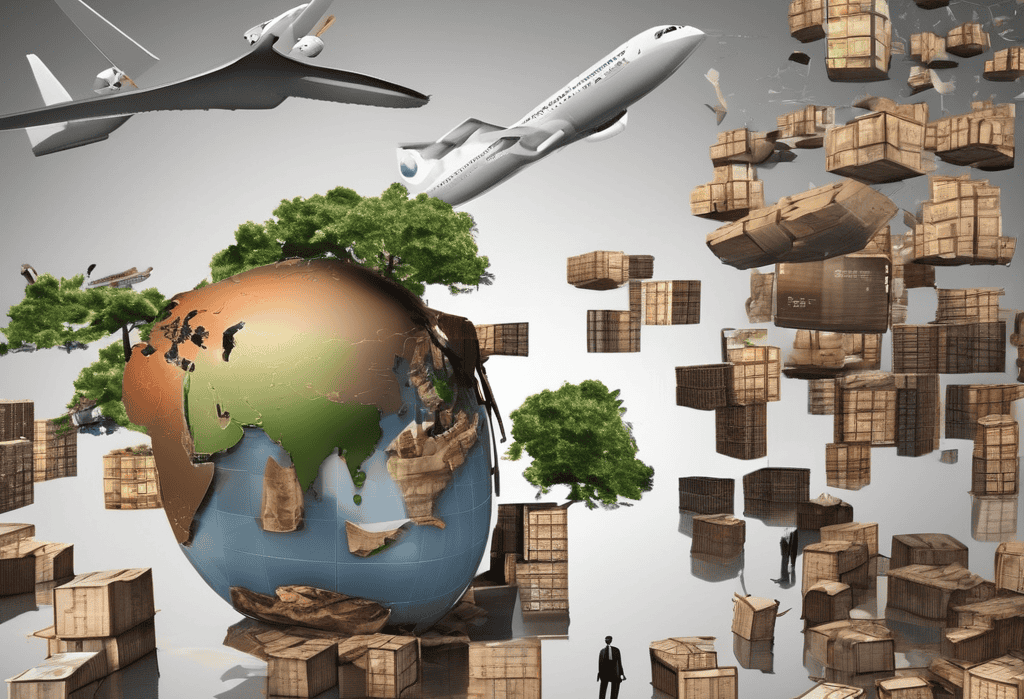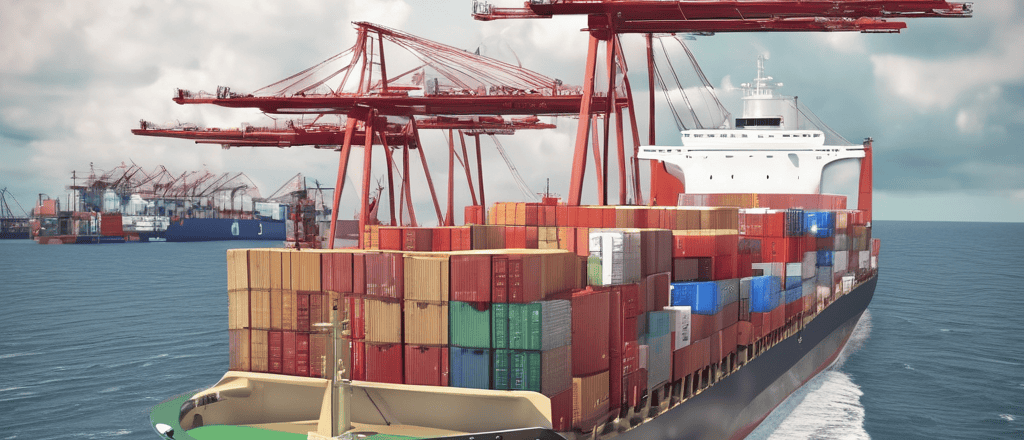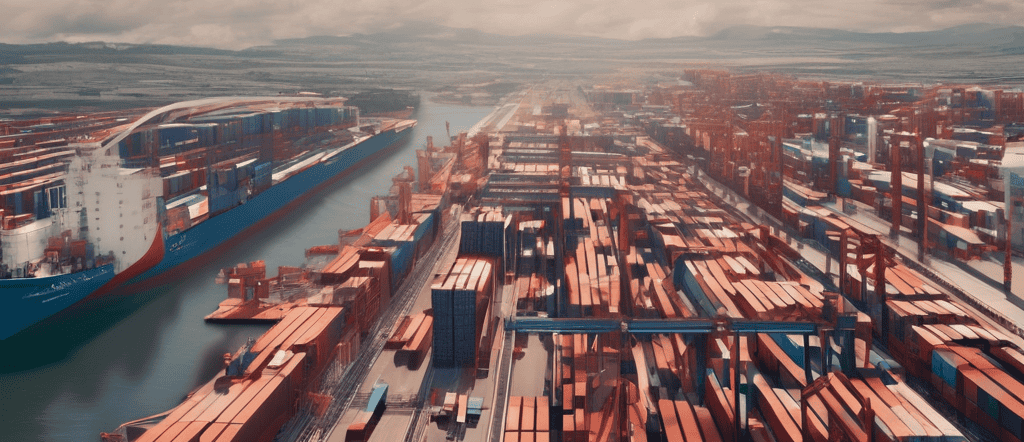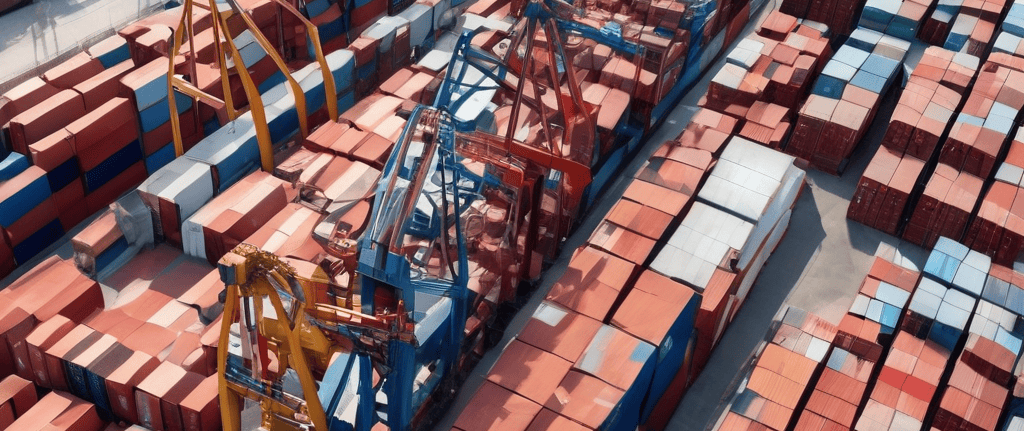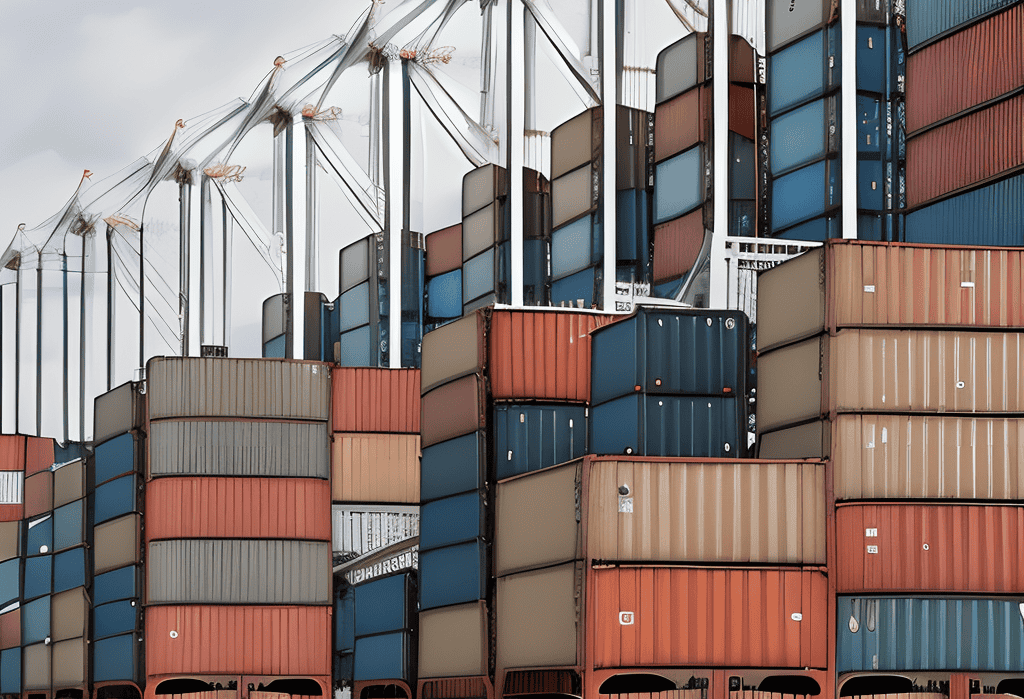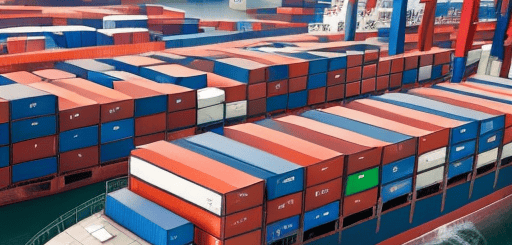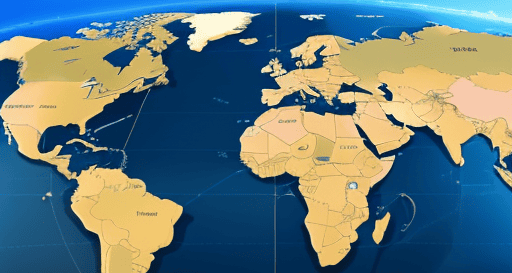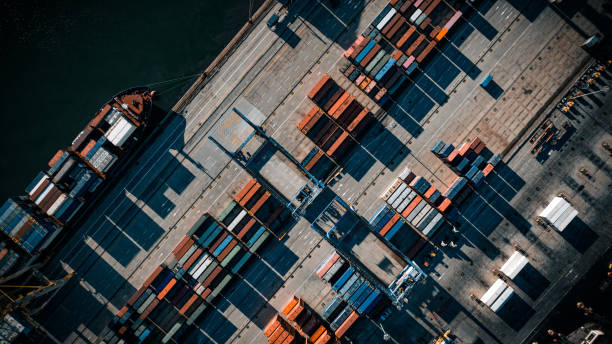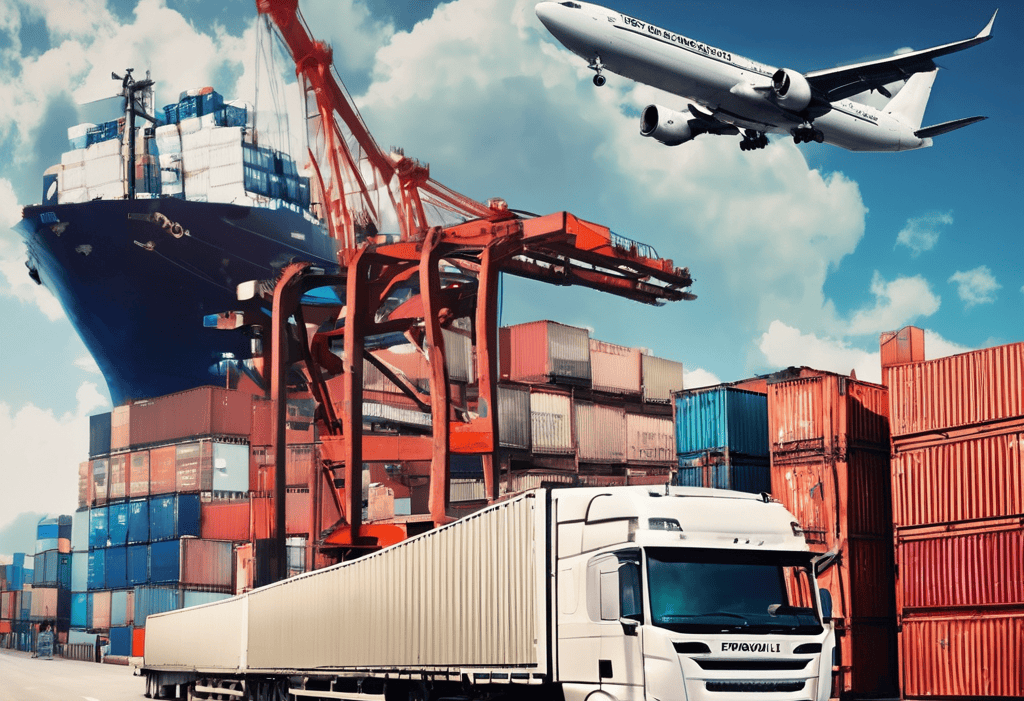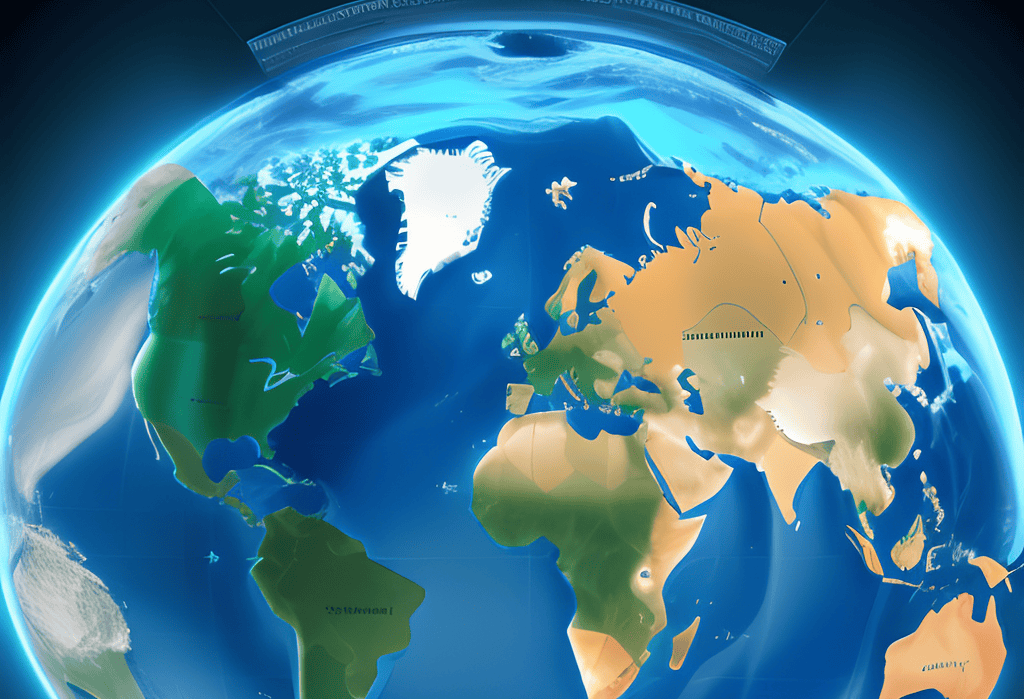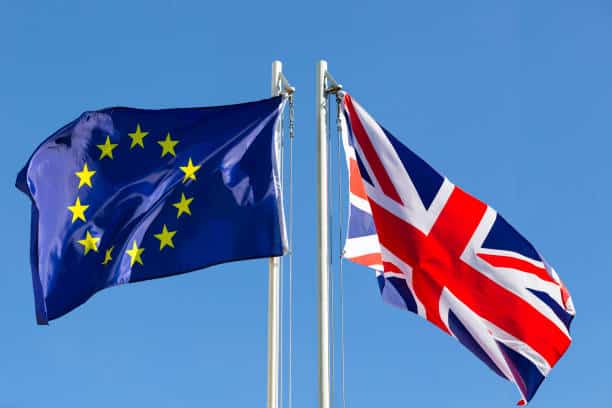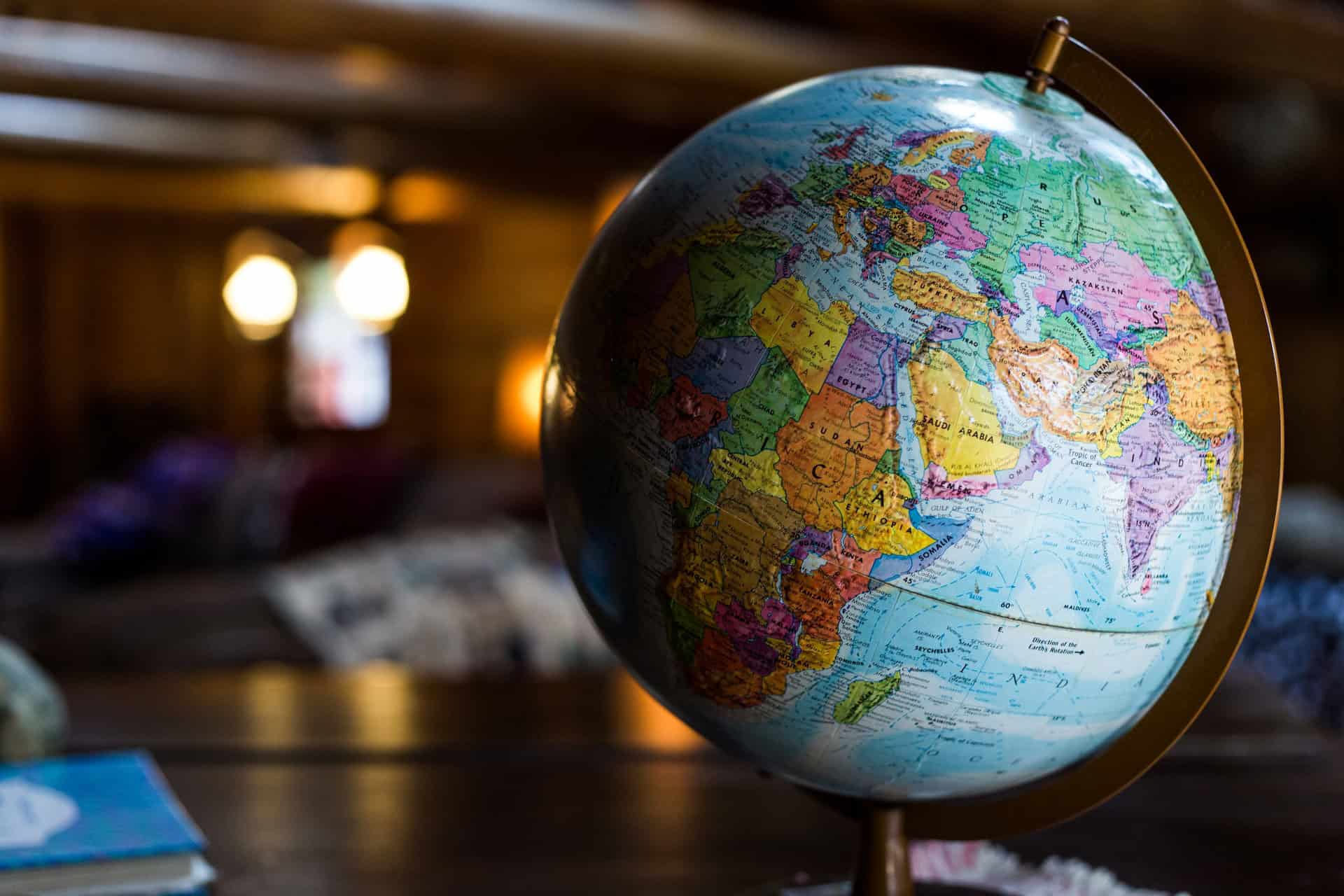Key trade agreements have significantly influenced the landscape of global commerce. From regional blocs to multilateral agreements, these trade deals have fostered economic integration, stimulated trade flows, and encouraged cooperation among nations. The examples provided here are just a snapshot of the numerous trade agreements that shape the complex network of global trade. As countries continue to seek opportunities for economic growth and development, trade agreements will remain crucial in shaping the future of global commerce.
North American Free Trade Agreement (NAFTA)
The North American Free Trade Agreement (NAFTA) was signed in 1994 by the United States, Canada, and Mexico. It created a trilateral trade bloc, eliminating most tariffs and trade barriers between the three countries. NAFTA spurred economic integration among the member nations and significantly increased trade flows. According to the Office of the United States Trade Representative, trilateral merchandise trade among NAFTA partners increased from $297 billion in 1993 to $1.2 trillion in 2020.
European Union (EU) and Single Market
The European Union (EU) is a regional organization comprising 27 member states in Europe. The EU has established a single market, enabling the free movement of goods, services, capital, and people within its member countries. This integration has facilitated a substantial increase in intra-EU trade. In 2020, intra-EU trade accounted for 63% of total EU trade in goods.
Trans-Pacific Partnership (TPP)
The Trans-Pacific Partnership (TPP), now known as the Comprehensive and Progressive Agreement for Trans-Pacific Partnership (CPTPP), is a trade agreement among 11 Pacific Rim countries. It covers a wide range of areas, including trade in goods and services, intellectual property, labor, and environmental standards. The agreement aims to deepen economic ties and promote trade liberalization among member nations. According to the World Bank, the CPTPP member countries accounted for approximately 13% of global GDP in 2020.
Regional Comprehensive Economic Partnership (RCEP)
The Regional Comprehensive Economic Partnership (RCEP) is a trade agreement among 15 countries in the Asia-Pacific region. Signed in 2020, RCEP is the world's largest trade pact in terms of GDP coverage. It aims to enhance economic integration, reduce trade barriers, and promote investment and market access among member countries. RCEP covers a population of around 2.3 billion people and accounts for about 30% of global GDP.
United States-Mexico-Canada Agreement (USMCA)
The United States-Mexico-Canada Agreement (USMCA) replaced NAFTA in 2020. It modernized and updated the trade relations between the three North American countries. The USMCA aims to facilitate balanced trade, enhance intellectual property protections, promote digital trade, and support labor and environmental standards. The International Trade Commission estimated that the USMCA would increase real GDP by $68.2 billion and add 176,000 jobs in the United States.
World Trade Organization (WTO)
The World Trade Organization (WTO) is an international organization that oversees global trade rules and resolves trade disputes among its 164 member countries. The WTO promotes open and fair trade, encourages the reduction of trade barriers, and provides a platform for negotiations on trade-related issues. The WTO's Trade Facilitation Agreement, signed in 2013, aims to streamline customs procedures and facilitate faster and more efficient trade flows.
Read more views





